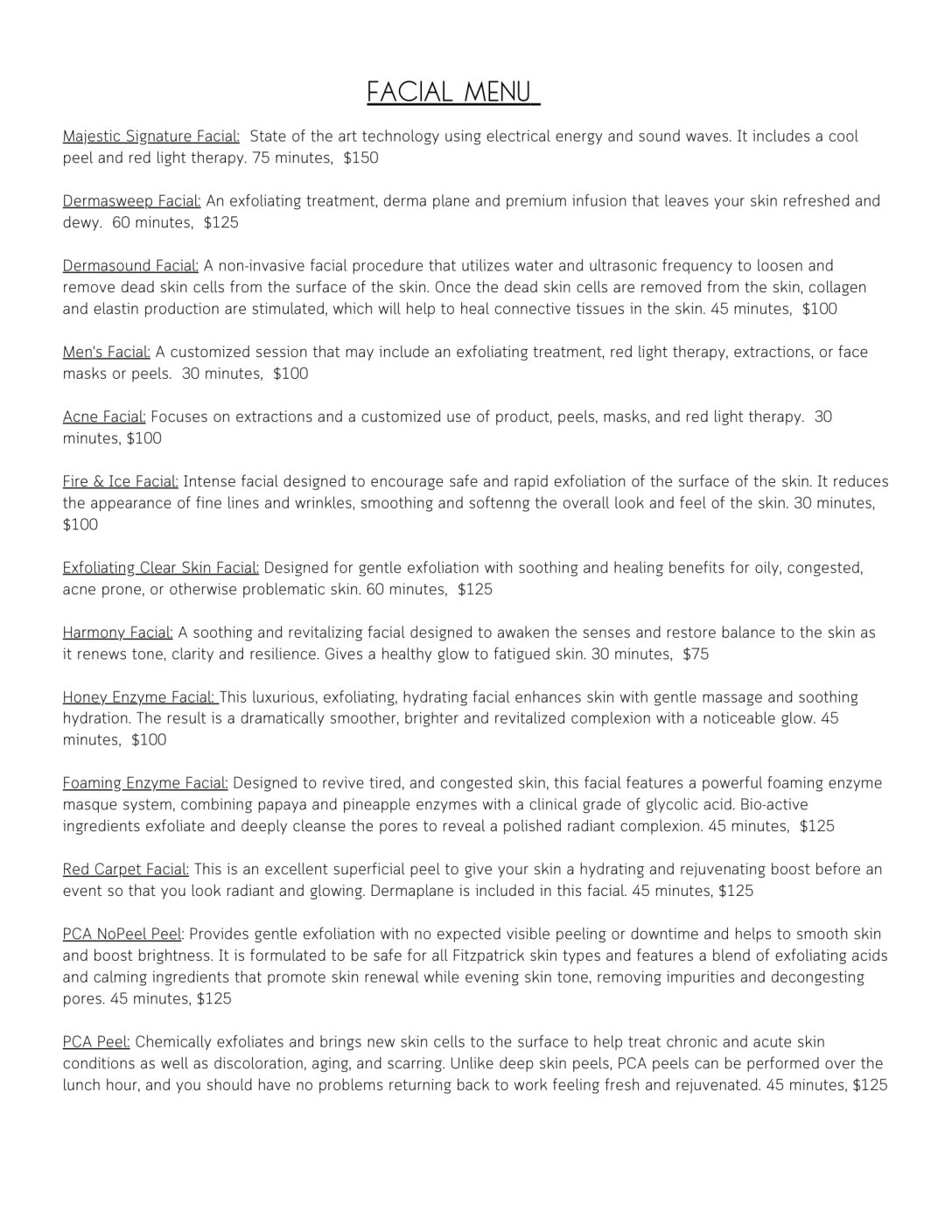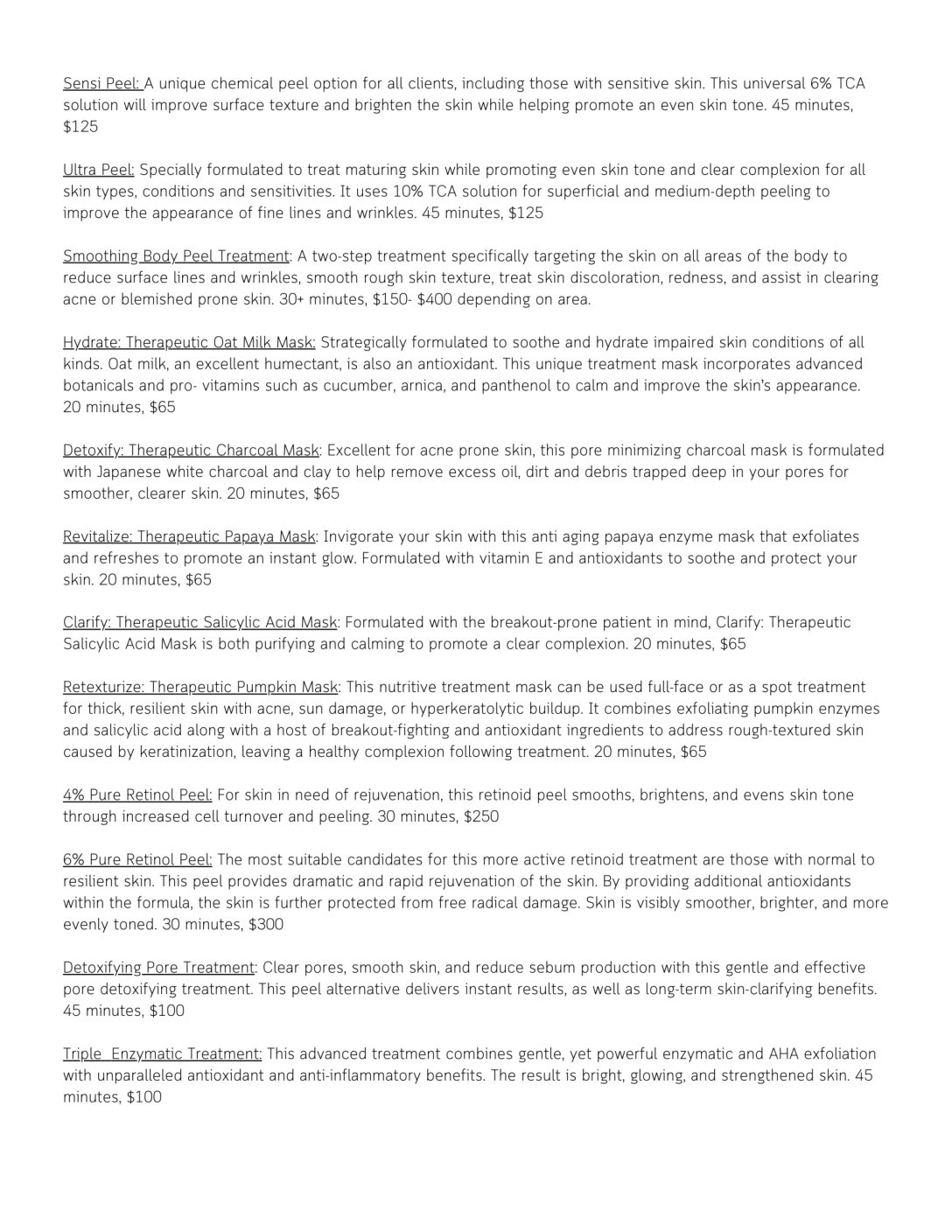All the different colours of skin that we see are determined by the thickness of the skin, the blood supply of the dermis, the concentration of carotinoids in skin and melanin. These basically control the amount of red, yellow, blue and brown that are nature’s palette for colouring skin.
Redness comes largely from the amount of oxygen-enriched blood that is flowing in the skin. Oxygenated blood is red and this shows through the skin.
On the other hand blue comes from oxygen-poor blood that is laden with carbon dioxide. We see this dramatically as cyanosis in people with congenital heart defects.
The yellows and oranges of carotinoids like beta-carotene, lutein, lycopene and zeaxanthine are important in modulating the colour of skin and are dependant on diet. I am sure we have all noticed how orange-yellow the skin becomes in people taking high carotenoid supplements! At times it has even be fashionable to use high levels of beta-carotene to fake a tan. However, the tan colour is too orange to be convincing.
Surprisingly there are only two forms of melanin, eumelanin and phaeomelanin, which give all the shades of skin. The most common is brown melanin, called eumelanin, whereas the red melanin (phaeomelanin) is less common. It is not really that simple because melanin is an extremely complex polymer and there may be very minute differences between the melanin of different people. Lets concentrate on melanin and find out more about how it is made and what happens to it
The melanocyte
Melanin is produced by melanocytes and almost all the melanocytes are found in the skin and the eyes. These melanocytes have a very interesting history. In the foetus they start off in the area (the neural crest) that will develop into the brain and spinal cord. For that reason they are very much like nerve cells in their shape with a main body and a number of long thin tubules which act as communication highways. As the foetus develops its form, these particular cells start migrating away from the neural crest and travel through the various layers of the body until they arrive in the dermis. Most settle in the very lowest region above the basal membrane that separates the epidermis from the dermis. Each melanocyte has numerous dendrites which is the name of the long thin tubules extending from the main body of the cell and making contact with a number of surrounding keratinocytes and fibroblasts. It is estimated that each melanocyte makes contact through the dendrites with about 30 to 36 keratinocytes. As a result one has numerous units of cells being supplied by one melanocyte and all those cells will reflect the pigmentation pattern determined by that melanocyte.
The basic colour of the skin is determined by the concentration of melanocytes.
We each have a colour of skin that has been roughly divided into 6 categories. Our skin has a different colour in different areas. There are more melanocytes in darker areas like the neck as compared to lighter areas e.g. the face. However, the concentration of about 1000 to 2000 melanocytes per cubic millimetre is the same for all race groups! So it does not matter if you are a black-skinned person from the tropics, or a pale northern European, you will still have the same number of melanocytes.
The melanocyte is really the melanin-producing factory but the paradox is that the melanin inside the melanocytes is colourless! The melanin is contained in little packets called melanosomes. The melanosomes pass down through the dendrites from where they are transported across the cell membranes into the keratinocytes that then technically becomes the melanophore i.e. the cell carrying melanin. These melanosomes vary in size and colour in different racial groups. In dark skinned people, the melanosomes are larger and blacker than in light skinned people.
The production of melanin
We all have a basic skin colour that is genetically determined and sets the rate at which melanin is produced without regard to sun exposure. Skin can be made darker by exposure to the sun in most people by exposure to sunlight. We are not sure about so many things in relation to melanin production but we know that the damage that occurs from UV irradiation stimulates the production of melanin. Light carries energy and when it penetrates our skin, the energy is either absorbed and neutralised (e.g. by melanin), or it may cause damage and the production of free radicals. We know we can stimulate melanin production by exposing skin to weaker energy green light but it becomes more effective when skin is exposed to higher energy light and the best rays are ultra violet light.
Melanin is a most amazing chemical because it can absorb the energy of all visual and UV light without becoming a free radical.
The production of melanin is a complex chemical reaction that basically converts tyrosine through a number of steps to dopaquinone and then to eumelanin. You have all heard about tyrosinase inhibitors and this is where they work. Tyrosine s converted to Dopa and in order for that to happen, an enzyme catalyst is necessary. The enzyme is tyrosinase. Tyrosinase needs an oxidising atmosphere to work and that is why anti-oxidants like ascorbic acid limit the amount of melanin that is made. If you can block tyrosine then you can reduce the amount of melanin that is made. Another way to reduce pigment formation is to block the production of tyrosinase.
On the other hand increased pigmentation can result from stimulating the production of tyrosinase. Hormones, antibiotics and non-steroidal anti- inflammatory drugs amongst others can stimulate the production of melanin. Combining dopaquinone with cysteine makes Phaeomelanin. Eumelanin protects us from sunlight whereas phaeomelanin actually becomes a free radical
and aggravates the damage caused by light. As a result, people with red hair and reddish skin with freckles, tend to get more damaged when exposed to sunlight. That explains why they have a greater chance to get wrinkles and skin cancers.
Melanosomes
Melanin production occurs in the melanosomes, which are tiny round packets with little threads in them. The melanin is deposited on these little threads in varying concentration depending on the basic colour of the skin. More melanin is deposited after sun exposure. These little packets or droplets move down through the cellular matrix towards the end plates of the dendrites. These end plates attach to the keratinocytes and the melanosomes are transferred across into the keratinocyte.
Melanin in the keratinocyte
Once the melanosome has been transferred into the cytoplasm of the keratinocyte it becomes darker and visible as melanin. Not all the melanin is as dark as it could be, but when the skin is exposed to prolonged sunlight, the melanin is rapidly converted to its darkest colour and this is responsible for immediate pigment darkening (IPD) which is different from delayed pigment darkening (DPD) which is in fact a tan. IPD occurs within a few hours of going into sunlight, whereas DPD follows in about two or three days. In black-skinned individuals the melanosomes are darker, denser and larger. When skin is exposed to sunlight, the melanosomes tend to become positioned above the nucleus of the keratinocyte and thereby give better protection to the DNA of the cell. The melanin acts as a protective umbrella. This phenomenon is more marked in darker skinned people than in lighter skinned people. In dark skin the melanin remains darkly coloured as the keratinocyte migrates right up to the horny layer. In light skinned people the melanin becomes colourless once more as it moves into the spiny layer of the epidermis. An acid pH can change melanin into colourless melanin and this is why a glycolic acid type of product can cause fairly rapid reduction of colour.
Melanin is part of our safeguard against exposure to sunlight and pigmented blemishes are almost always the result of excessive stimulation by sunlight. This pigmentation should be considered to be a warning sign from the body that the affected area has received too much sun damage. The excessive pigmentation is most likely caused by DNA damaged by UV irradiation. As a result, the normal control mechanisms of melanin production are lost. The melanocyte then deposits more melanin in all the keratinocytes and/or fibroblasts that comprise the melanocyte unit. Progressively, with time, more melanocytes in the area are affected and the mark gradually becomes perceptible. This may happen years after the initial insult. One thing for certain is that with the weakening of the ozone protective layer, more UV rays are getting through to earth and as a result pigmentation problems are becoming worse. If we understand that increased melanin production is absolutely dependent on exposure to light, then we must
realise that any treatment of a pigmented blemish must be accompanied by a severe restriction on sun exposure. If the DNA has been damaged then that cell will always have the potential to produce more pigment granules. Since we cannot reach the cell and at this stage we do not have the means to remedy the DNA abnormality, the treatment of a pigment blemish has to depend on the suppression of the enzymes that facilitate melanin production, and reduction of the stimulus through sunlight.






